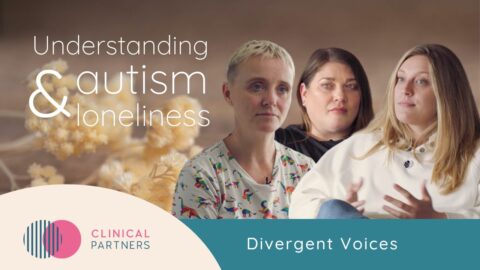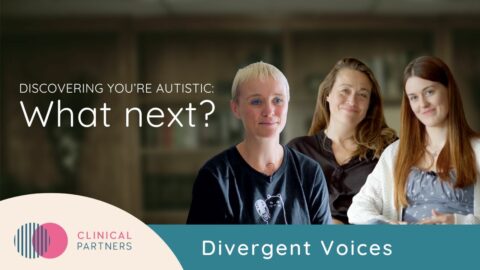Finding jobs for autistic people is never easy. Heck, finding a job in general isn’t easy either. It’s tough for those just getting started, it’s tough for veteran job seekers and, when it comes to searching for a new role after recent global events, well, let’s just say that finding opportunities can be like finding hay in a needlestack (and it can be just as painful).
Nevertheless, with so many benefits to hiring autistic people, you would think that potential employers would be able to see around this and give our community a fair shot. However, all too often the success of an applicant rests on their ability to communicate through the many unwritten rules of CVs, cover letters and interviews – something which, for all the strengths autistic people do have, these are not.
This all changes today however as, in this article, I have made it my job to create a comprehensive list of all the tips autistic people may need to launch and improve their careers. Many of these tips come recommended by a professional recruiter (who I will be introducing shortly).
Before you take your first steps:
Imagine going to a restaurant, having never tried any of their cuisine before. The chances are you wouldn’t start by ordering everything, in the hope that things would work out for the best. Instead, you would be more likely to ask the staff for recommendations, based on what you like and dislike (or, for people in the autism community, you would probably Google suggestions under the table).
This is exactly the same as job hunting where, if you don’t know yourself, you could wind up in the wrong field and, so, before we get to today’s main course, it’s important any applicant knows their strengths and weaknesses.
Luckily for autistic people, this is actually where we shine most in the job hunting process as, despite our genetic code hiding more secrets than El Dorado, our traits make our interests and passions as easy to read as a book. Keeping this knowledge to hand when looking at the overwhelming number of job opportunities can be a great way to avoid any positions which turn out to be duds in the long run – and what better way to do this than by jotting down a list of your pros and cons. For example:
Strengths:
Strong long-term memory
Visual thinker
Detail-oriented
Honest
Weaknesses:
Uneasy in fast-moving environments
Uncomfortable when communicating to large audiences
Limited multitasking
Too honest
With that said, this kind of self-reflection isn’t easy for all autistic people and so, for those who might find this first step a little tricky, I would advise completing a career test online (like the one found at gov.uk).
Of course, this isn’t because I believe the career tests can provide actual career guidance (I mean when I did the test above it suggested I become a professional boxer!). However, I do believe that in filling out these tests the questions themselves are a good opportunity for self-reflection and that can make it easier to complete the strengths and weaknesses list, when you are ready to have a second go.
Once you know what makes you tick, it’s then about matching these traits with why you want a role in the first place and pairing the two to make a goal. A great resource at this time is the University of Indiana’s autistic job recommendations, which actually does match autistic strengths with possible careers.
For autistic people, a unique challenge can often appear at this time in that, while we may have certain strengths we are aware of, we may try to avoid harnessing them, to avoid becoming the autistic stereotype OR we may choose to overcompensate for our weaknesses, as though we have something to prove. This is something I know all too well. However, as someone who started in Fashion Marketing only to end up in the clichéd autistic field of Web Design, believe me when I say that you are only causing yourself distress by sailing against the wind.
More information
This article is part of James’ ‘Complete guide to autism and employment.’ Also featured in the series are:





